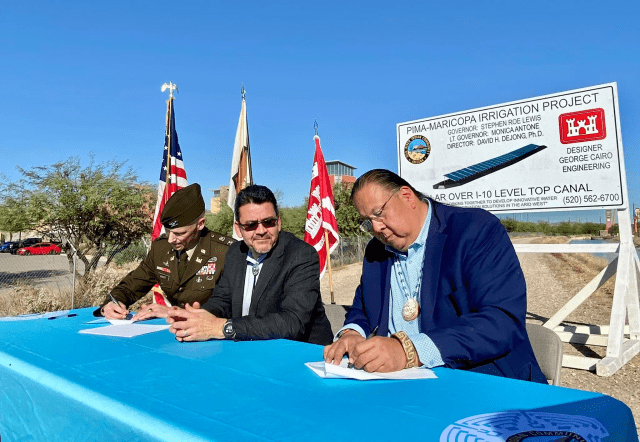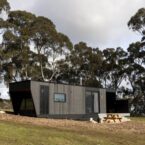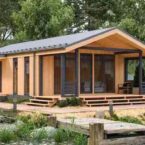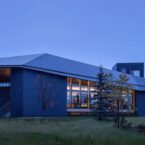
Arizona is set to make history with the construction of the first solar-covered canal in the United States. The ambitious project stems from a ground-breaking agreement between the Gila River Indian Community and the US Army Corps of Engineers. The solar-covered canal is designed to generate renewable energy by installing solar photovoltaic shades along a 305-meter stretch of the 1-10 Level Top canal. Positioned facing upwards, these panels harness the abundant sunlight in Arizona while also acting as a barrier to reduce water evaporation in the arid state. This innovative approach not only addresses energy needs but also aids in water conservation, crucial in the face of ongoing drought conditions. The Arizona Solar Canal project represents a collaborative effort to leverage existing infrastructure for sustainable energy production.

he Level Top Canal, a part of the state’s water resources system, will host the solar panels in a cooperative partnership that is seen as a win-win solution. The project, with an estimated budget of $6.74 million, is poised to be a US-first, surpassing similar endeavors in California still in the planning stages. If successful, this pioneering initiative could set a precedent for combining renewable energy generation with water-saving measures, offering a sustainable model for arid regions across the globe. The agreement between the Gila River Indian Community and the US Army Corps of Engineers, formalized through the ‘Project Partnership Agreement’ (PPA), represents a significant step towards achieving the goals of renewable energy and water conservation. Governor Stephen Roe Lewis of the Gila River Indian Community signed the PPA, a legally binding agreement between the federal government and a non-Federal sponsor, in this case, a Native American Tribe. This collaboration underscores the commitment to innovative solutions and sustainable practices, highlighting the potential for similar partnerships to address environmental challenges in the future.


















